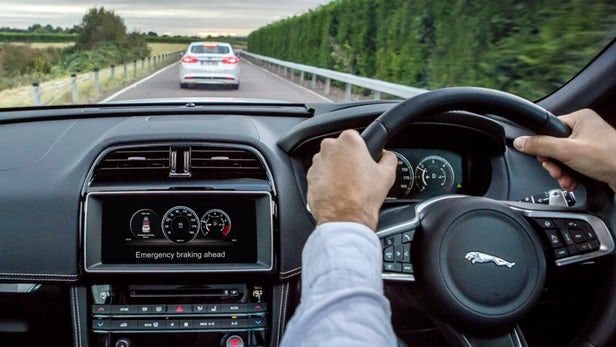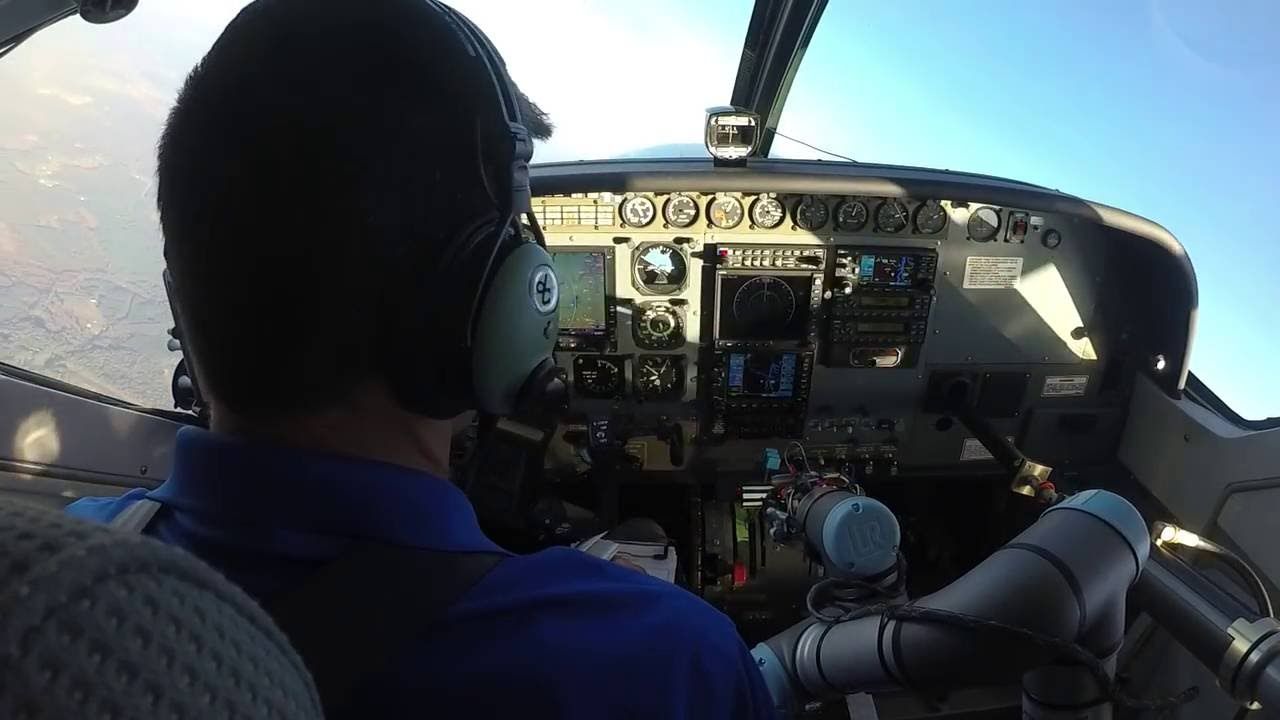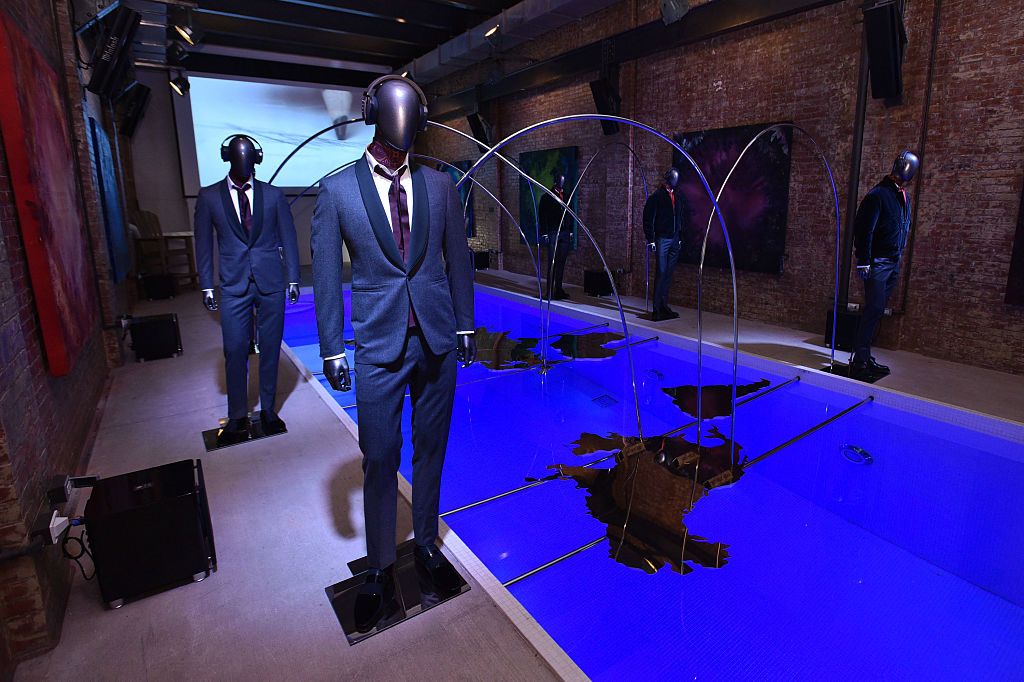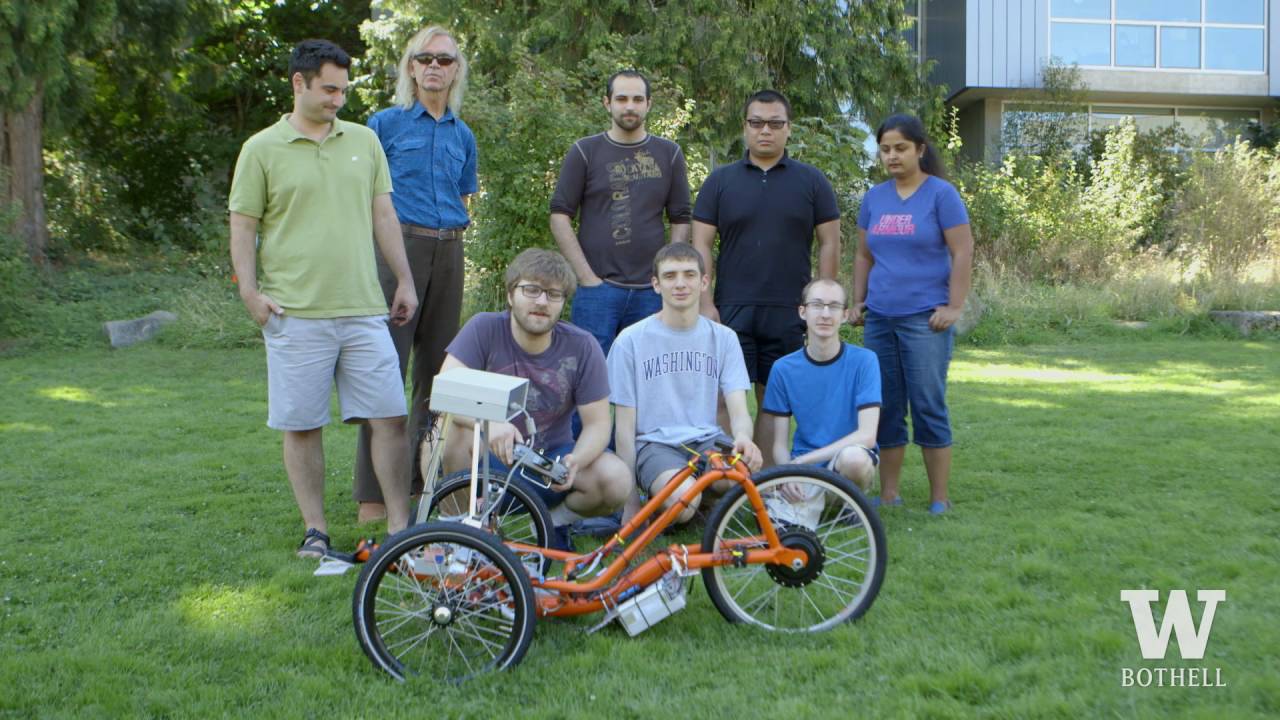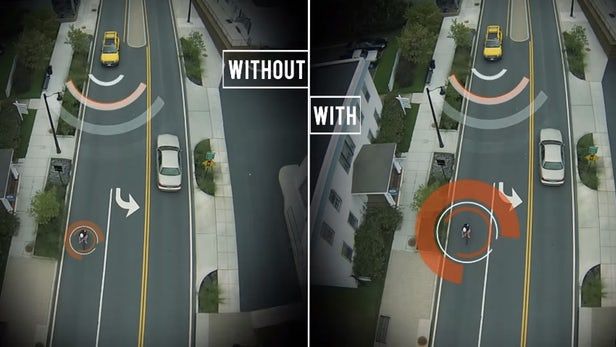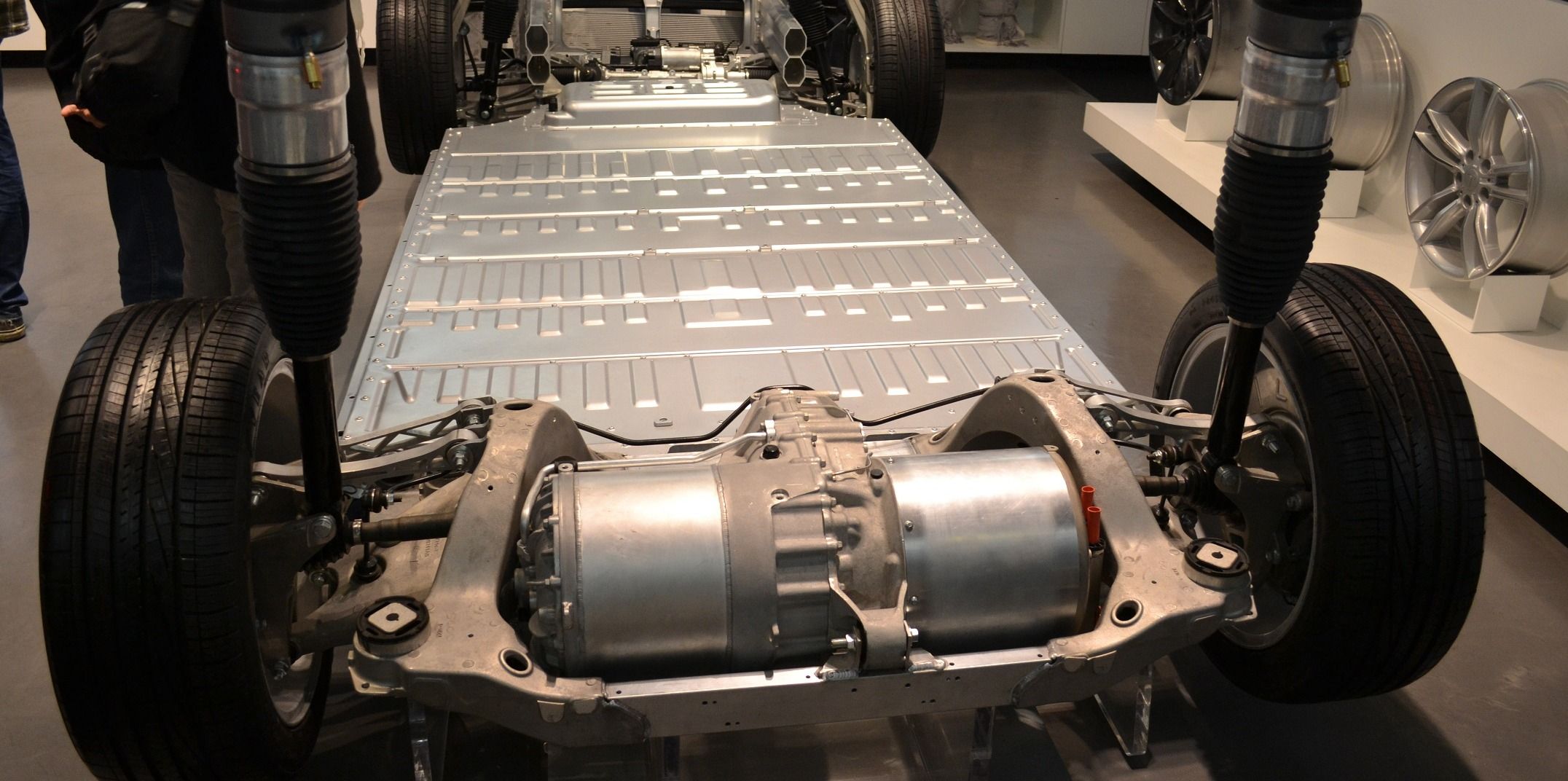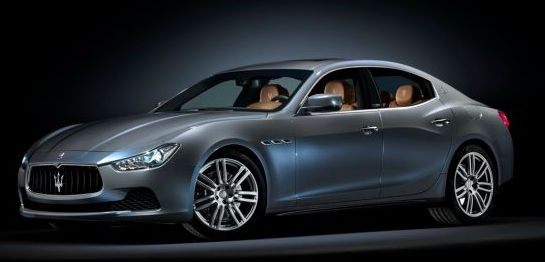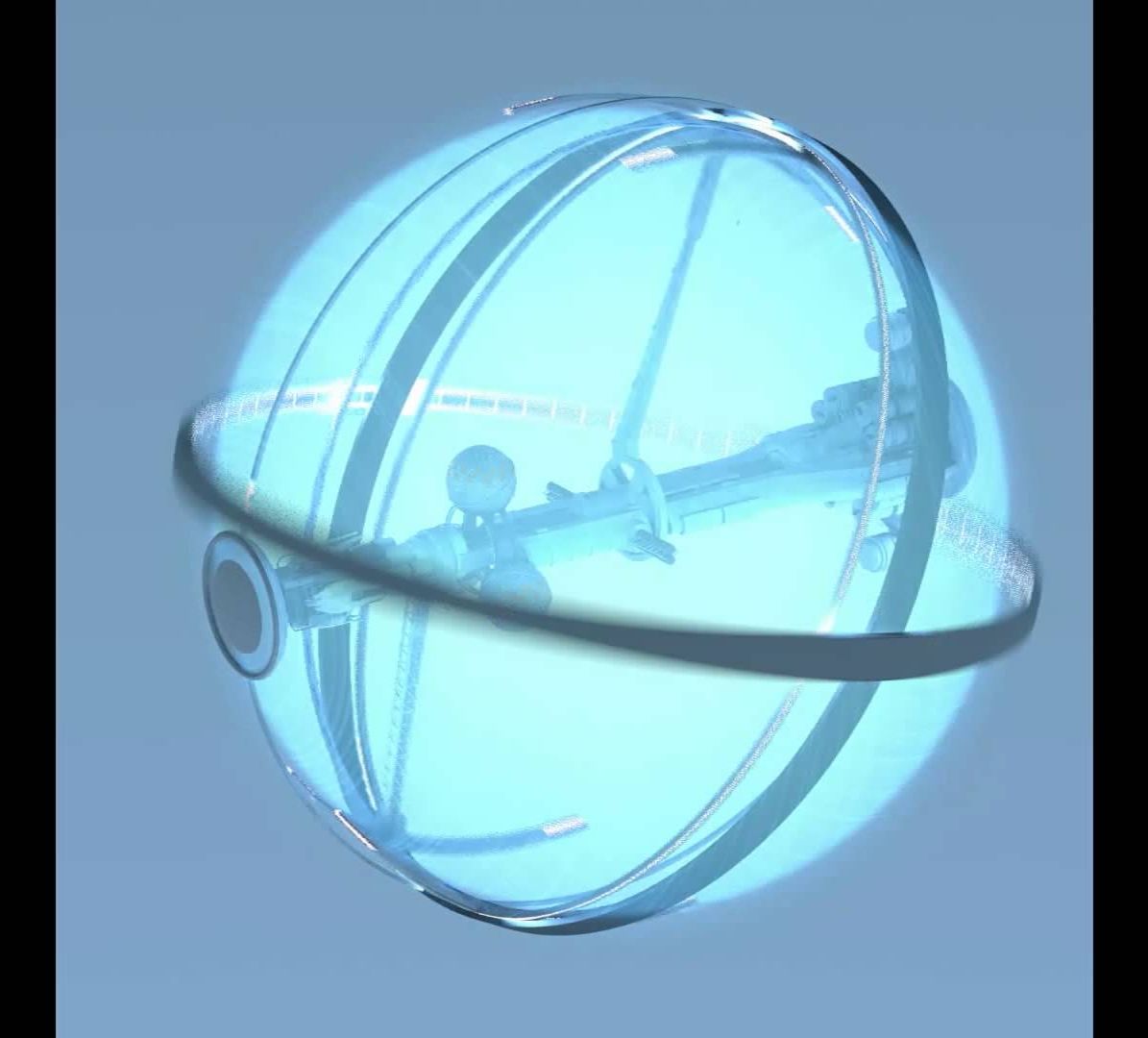In the near future, we’re going to see an increasing number of Collision Avoidance System-equipped cars on the roads. Stated simply, the technology uses an integrated forward-looking radar system to alert drivers when they’re rapidly approaching obstacles such as other vehicles. If those other vehicles are bicycles, however, their rear profile can make them difficult for the radar to detect. That’s where iLumaware’s Shield TL comes in.
Inventors Chris Mogridge and Alexis Stobbe created the device by analyzing how stealth technology works, then essentially going in the opposite direction – whereas stealth vehicles are designed to evade radar signals, the Shield is made to catch those signals and reflect them back to the cars. It does this purely via its unique shape, not emitting any actual signal itself.
In field tests, it boosted bicycles’ radar signature by up to 100 percent, and thus increased the distance at which they could be detected by Collision Avoidance Systems.
Read more
